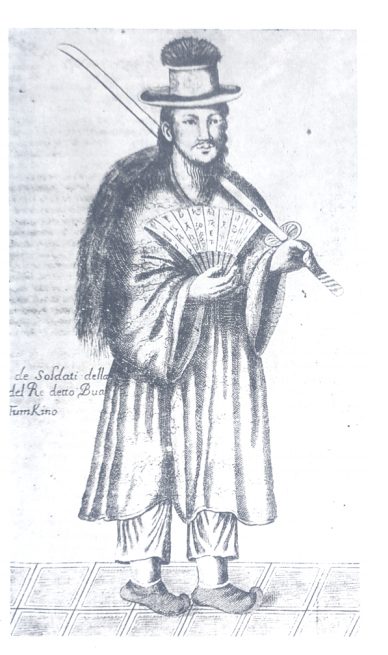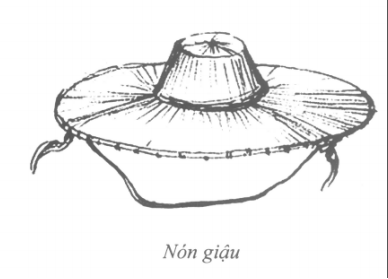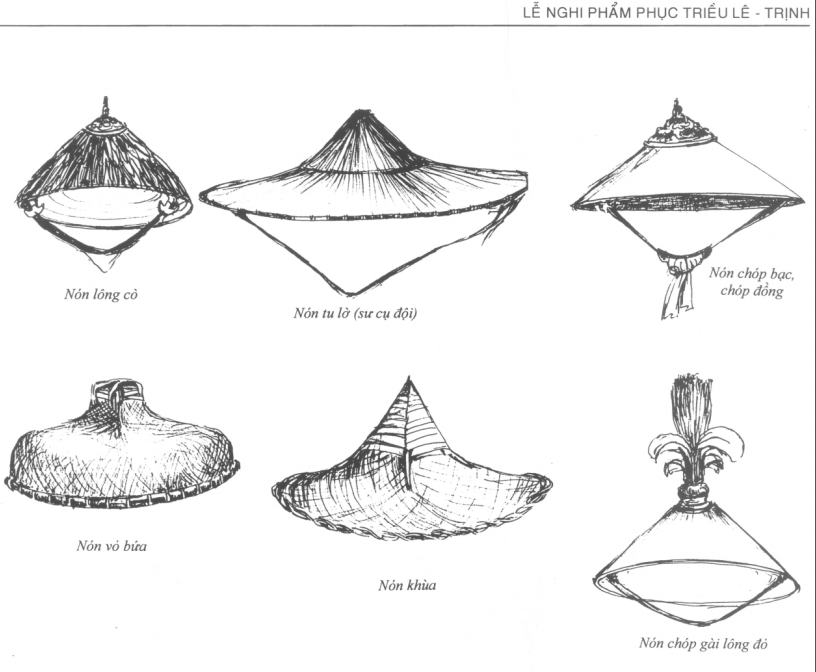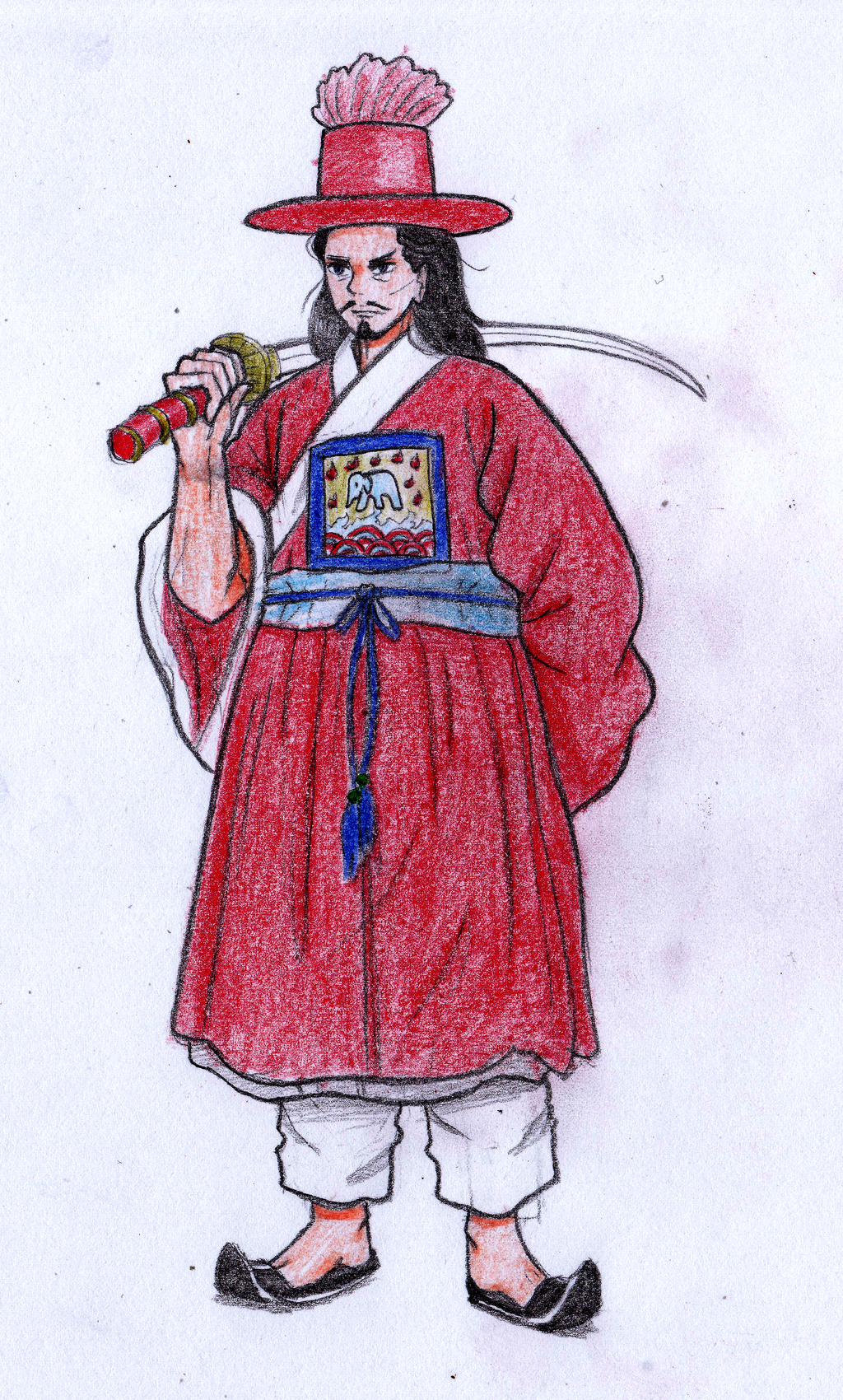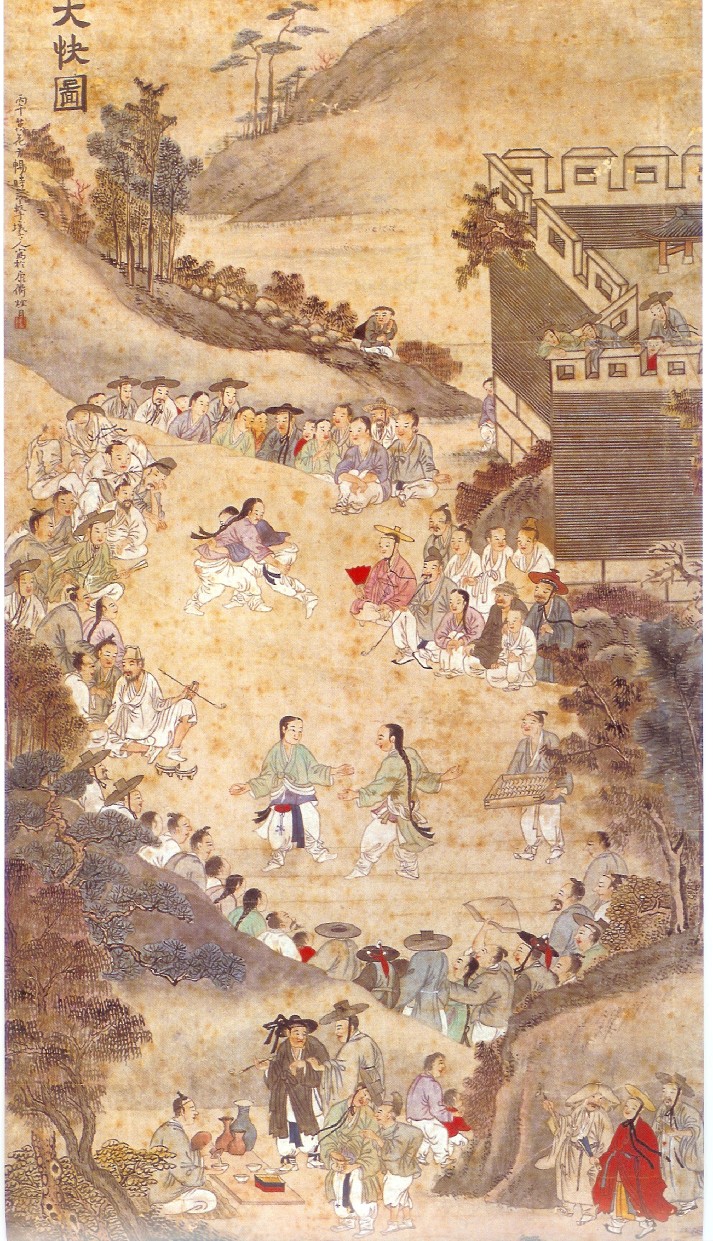rawing of a 17th century guard
nón giậu
many types of nón. the nón vỏ bứa is even identical to a type of Japanese hat
my reconstruction of the guard
I have a question. Aren't Vietnamese afraid of getting cuts while putting bare swords on their shoulders? It looks too dangerous.
These
look like
these
except the first ones have an extra layer of round-collared sleeveless jacket.
If the round-collared jackets are long-sleeved, they may look similar to this
